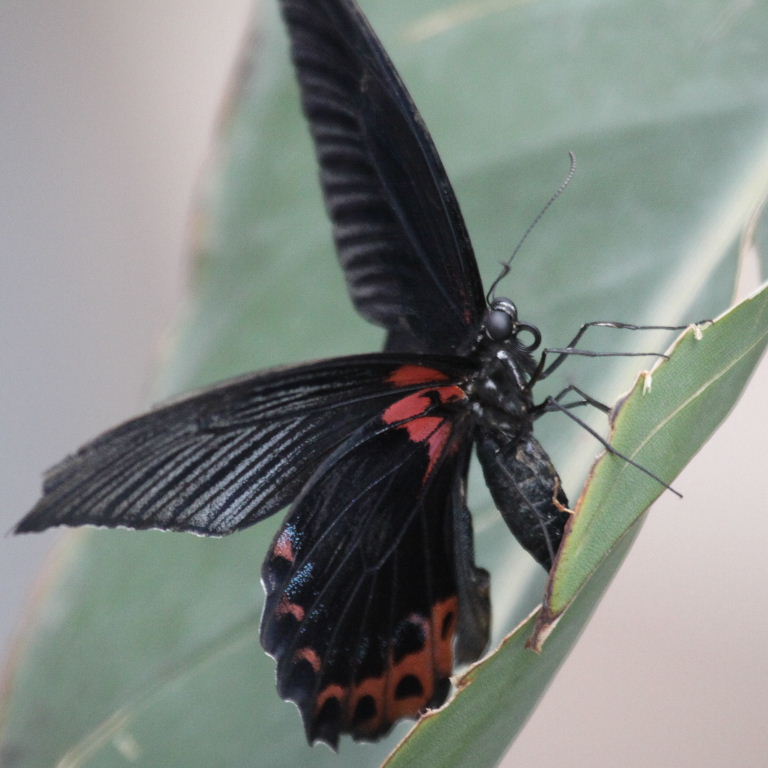
Papilio memnon
Great Mormon Swallowtail

Many of our Lepidoptera (moths and butterflies) are from the Philadelphia Insectarium and Butterfly Pavilion! The main species that we get from there are listed below.

Great Mormon Swallowtail

Rice Paper Butterfly
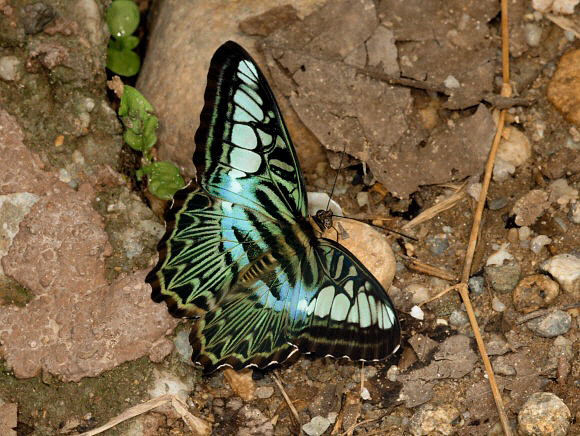
Clipper

Pale Owl-Butterfly
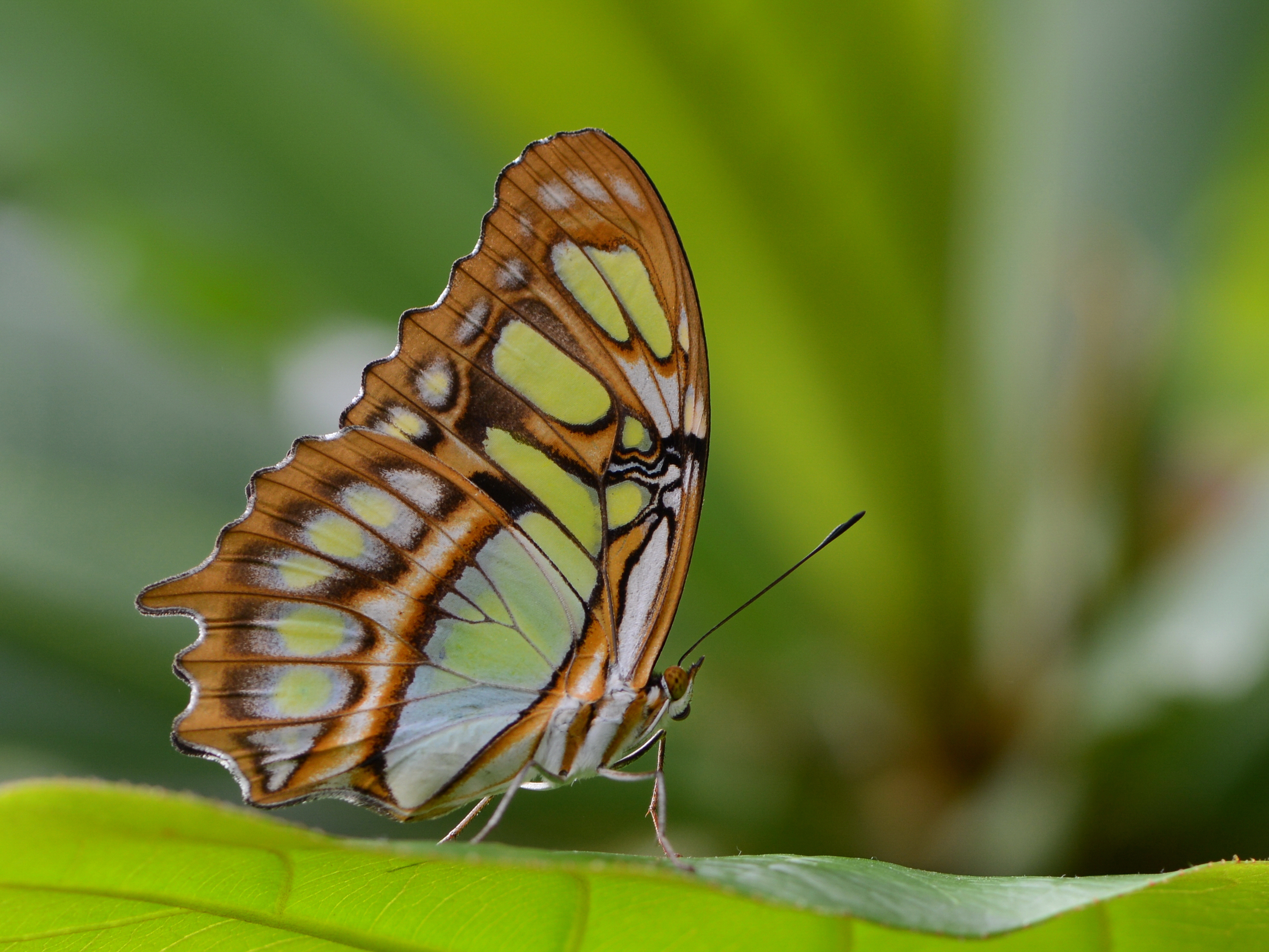
Malachite
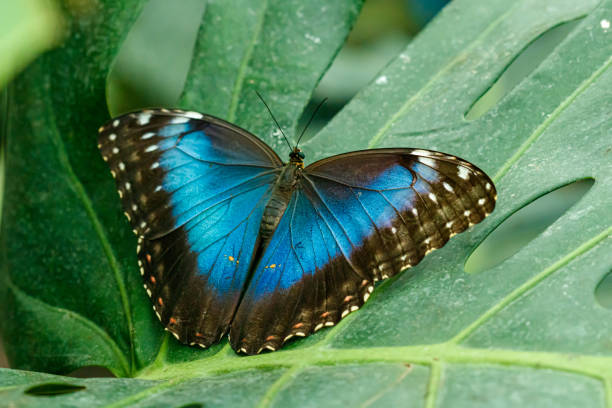
Common Morpho
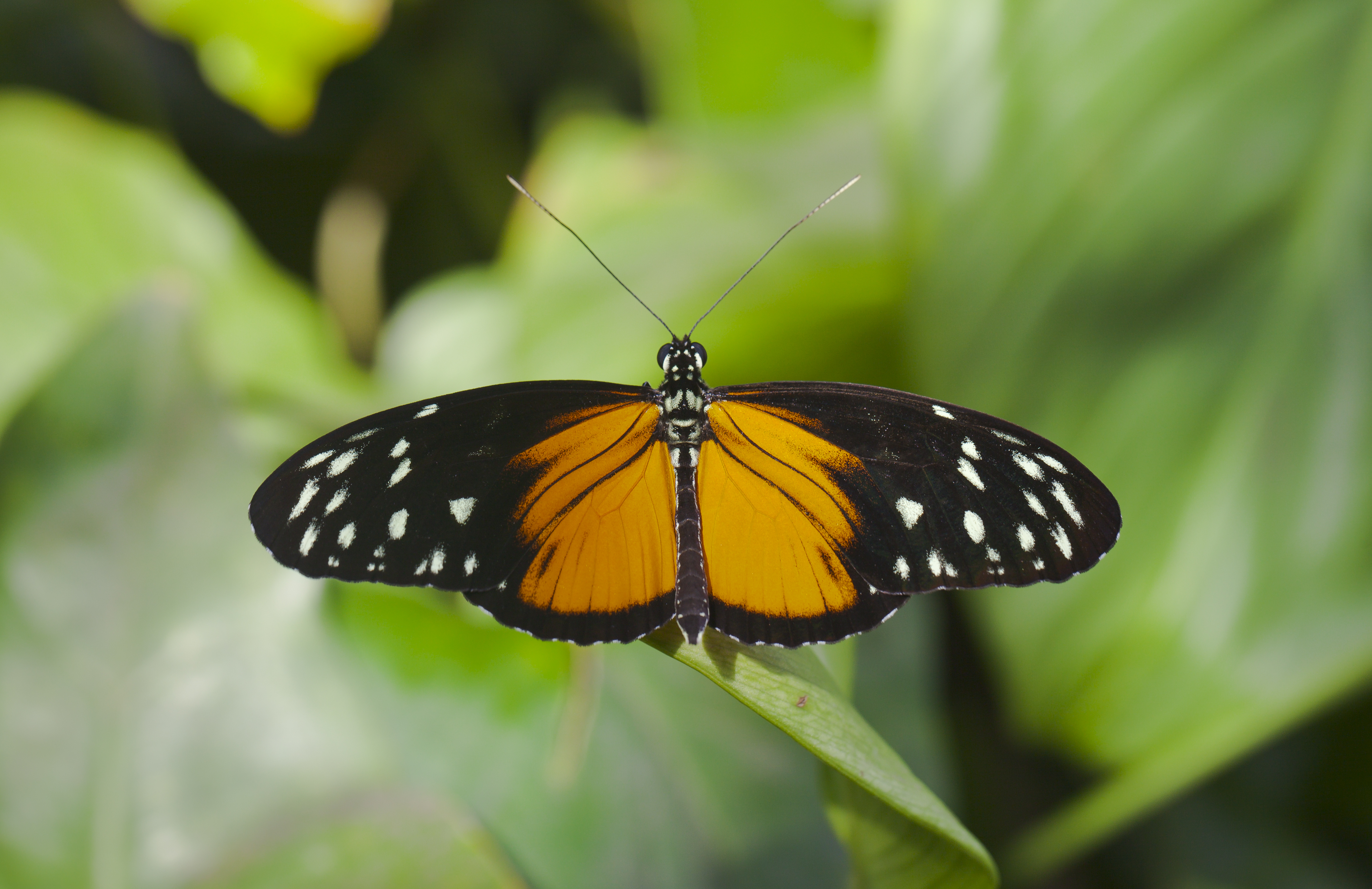
Tiger Longwing
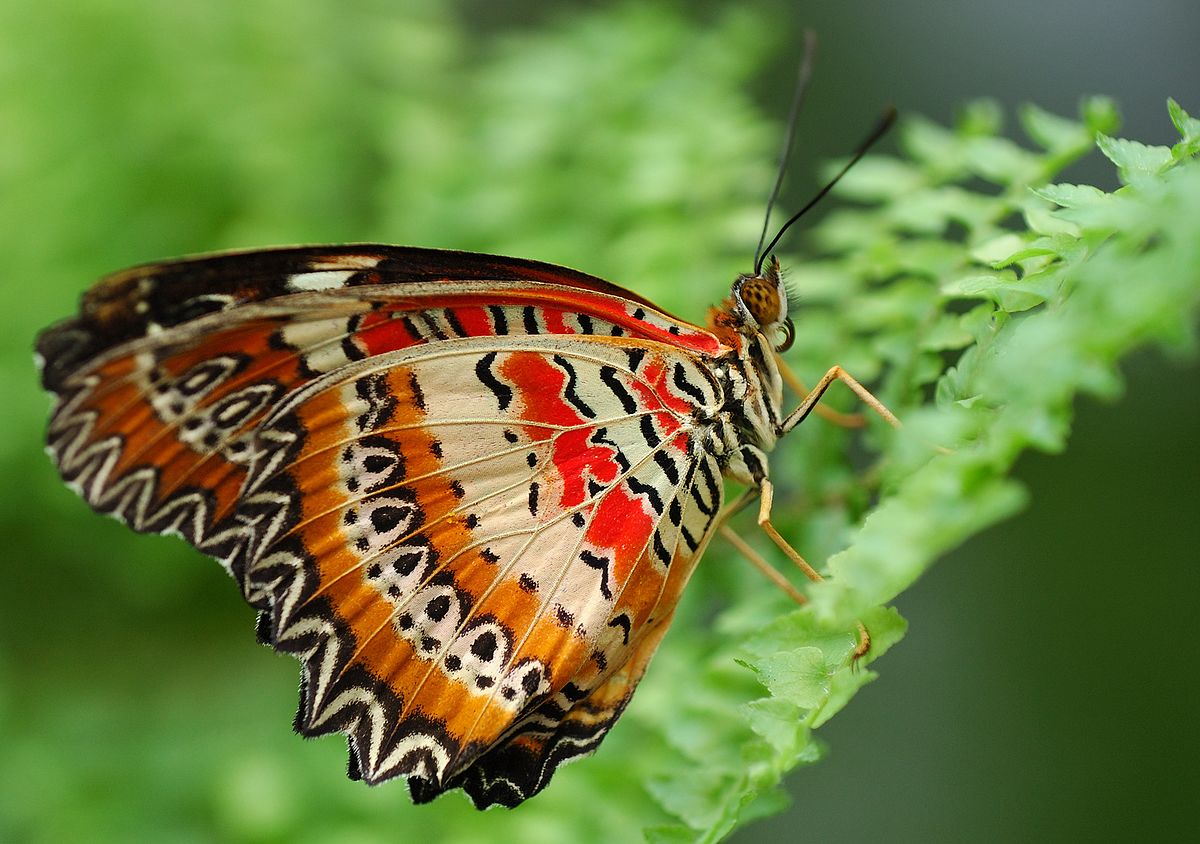
Leopart Lacewing Butterfly